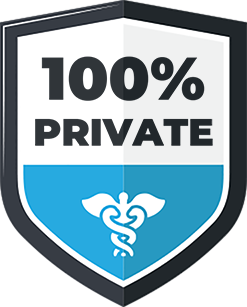Your body needs cholesterol to function properly, but improper levels can cause many issues like heart disease, atherosclerosis (clogged or hardened arteries), and stroke. This test may be used to monitor your current levels as part of a regular check-up, to check your progress in reducing your cholesterol count, or to asses your risk of developing cardiovascular disease in the future. You should ideally be checking your cholesterol every 4 to 6 years.
Testing will help make sure your HDL and LDL levels are in a healthy range. The results will help determine your risk of developing cardiovascular disease (CVD). If you’ve received high-risk levels previously, retaking the lipid panel can determine the progress of the treatment or damage.
The lipid panel cannot differentiate from one disease to another, but it does clearly alert your doctor that you may be at risk!













